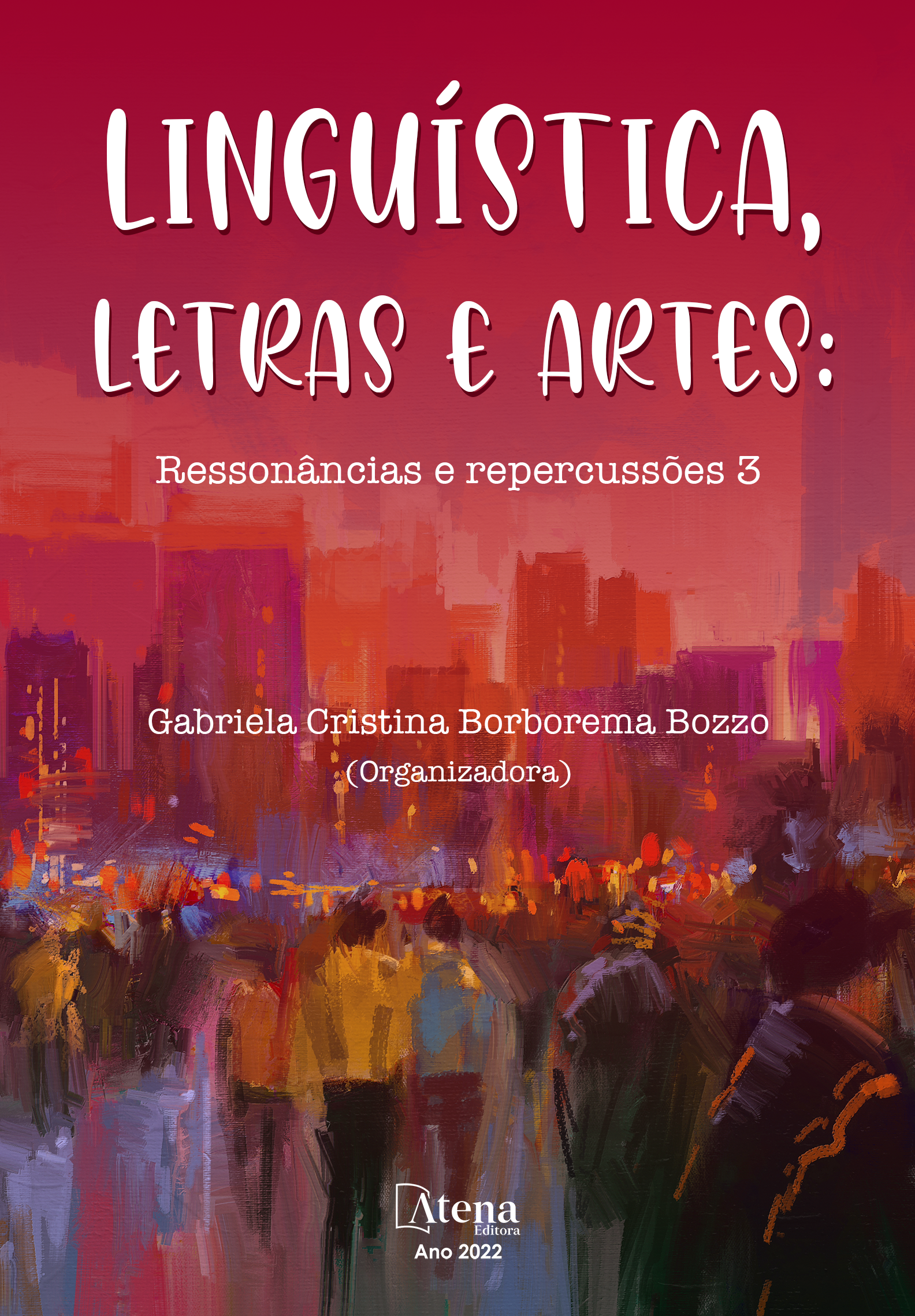
O mito de origem do ikwasiat: considerações sobre arte e conhecimento
Esse artigo[1] apresenta a narrativa do mito de origem do ikwasiat, arte gráfica da etnia Asuriní, habitantes da Amazônia paraense. Partindo de um entendimento de mito como uma forma original e vivente de filosofia por favorecer um ambiente simbólico que permite a ação humana, a relação natureza e cultura é tematizada. Pelo fato de mitos se expressarem por símbolos, propõe-se uma síntese do uso da noção de equivalência (MÜLLER, 1993) ou da realização de um experimento mental (ALBUQUERQUE, 2014) como processos empregados na compreensão dos mesmos. Na análise da narrativa mítica estão focalizadas duas imagens-símbolo: o veado e a floresta. A dimensão estética dos grafismos é destacada, estabelecendo-se uma relação entre seu princípio estrutural com a propriedade da construção de um fractal denominada complexidade infinita (GOUVEA; MURARI, 2004). Ao mesmo tempo, delineia-se a fractalização da própria narrativa mítica. Aborda-se a forma padrão tayngava dos desenhos Asuriní problematizando a noção de imagem, imaginação e imaginário, para a filosofia (FLUSSER, 2007), psicanálise e ciências humanas (SERBENA, 2003). Na “arte como imagem” a “arte como invenção” é sugerida para concebê-la “como conhecimento”. Processo de criação, intuições, sentimentos e pensamentos. Nesse trajeto, subjetividade, inteligibilidade e sensibilidade são realçadas na interpretação do fazer artístico – o trançado, em que se configura essa criação-visão dos grafismos, com o intuito de estimular o “potencial transgressivo, de invenção e de provocação para o aprendizado da necessária imprevisibilidade do viver” (MACEDO, 2013).
[1] Veja nota 2
O mito de origem do ikwasiat: considerações sobre arte e conhecimento
-
DOI: 10.22533/at.ed.98522150711
-
Palavras-chave: narrativa mítica Asuriní - arte gráfica ikwasiat - fractalização - imagem-símbolo - veado e floresta
-
Keywords: mythical narrative Asuriní - ikwasiat graphic art - fractalization - symbol-image - deer and forest
-
Abstract:
This article presents the narrative of the myth of origin of the ikwasiat, graphic art of the Asuriní ethnic group, inhabitants of the Pará Amazon. Starting from an understanding of myth as an original and living form of philosophy for favoring a symbolic environment that allows human action, the relationship between nature and culture is thematized. Because myths are expressed by symbols, a synthesis of the use of the notion of equivalence (MÜLLER, 1993) or the performance of a thought experiment (ALBUQUERQUE, 2014) is proposed as processes used to understand them. In the analysis of the mythical narrative, two symbolic images are focused: the deer and the forest. The aesthetic dimension of the graphismus is highlighted, establishing a relationship between its structural principle and the property of building a fractal called infinite complexity (GOUVEA; MURARI, 2004). At the same time, the fractalization of the mythical narrative itself is outlined. The standard tayngava form of Asuriní drawings is discussed, problematizing the notion of image, imagination and imaginary, for philosophy (FLUSSER, 2007), psychoanalysis and human sciences (SERBENA, 2003). In “art as image”, “art as invention” is suggested to conceive it “as knowledge”. Process of creation, intuitions, feelings and thoughts. In this path, subjectivity, intelligibility and sensitivity are enhanced in the interpretation of artistic work - the braid, in which this creation-vision of graphismus is configured, in order to stimulate the "transgressive potential, invention and provocation for the learning of the necessary unpredictability of living” (MACEDO, 2013).
-
Número de páginas: 19
- Heidi Soraia Berg


